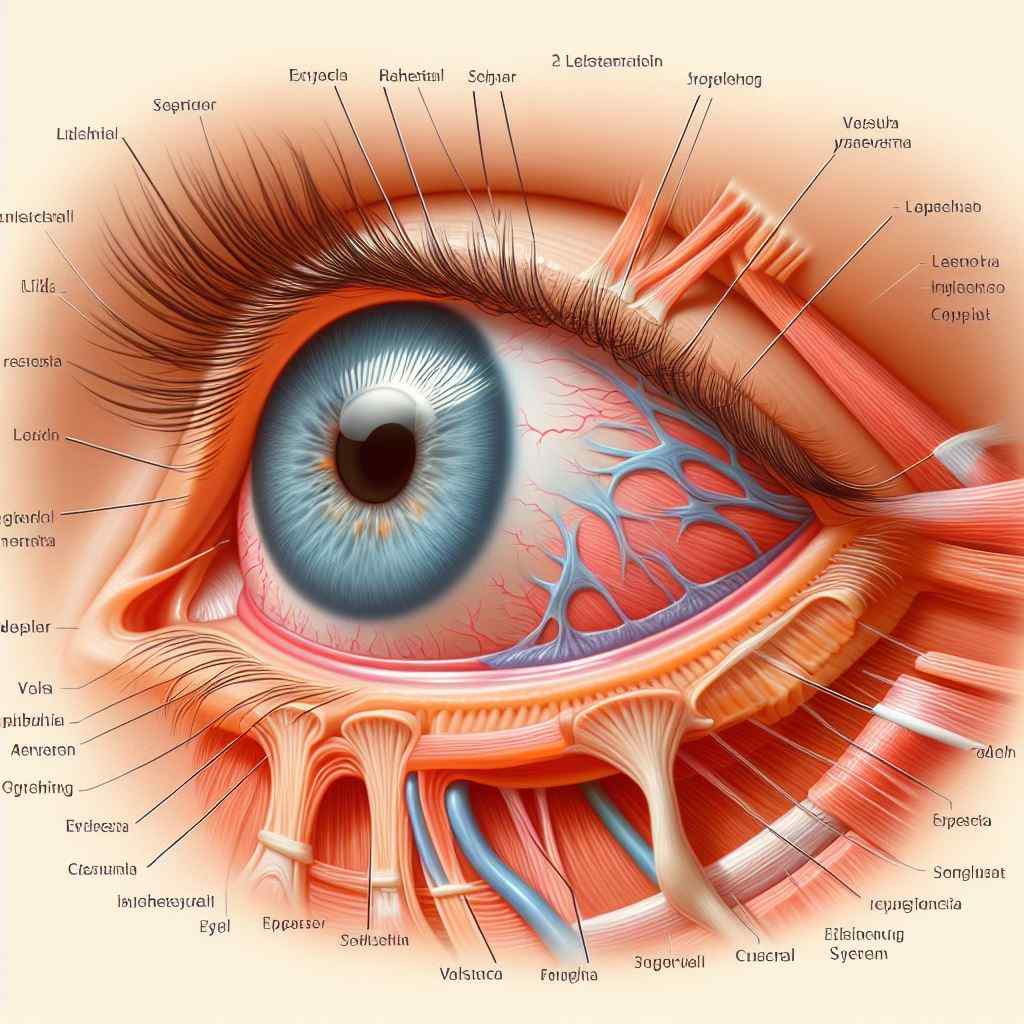
Exploring Lid Retraction: Causes, Clinical Features, Diagnosis, Management, and Recent Advances
Abstract: Lid retraction is a common eyelid malposition characterized by abnormal elevation of the eyelid margin, resulting in an exposed sclera and potential ocular surface complications. This article provides a comprehensive review of lid retraction, elucidating its etiology, clinical manifestations, diagnostic modalities, treatment strategies, and recent innovations. By enhancing our understanding of lid retraction, ophthalmologists can optimize patient care and improve outcomes.
Introduction: Lid retraction is a clinical finding encountered in various ophthalmic conditions, including thyroid eye disease, facial nerve palsy, and congenital anomalies. Recognizing the underlying causes and implementing appropriate management strategies are essential for addressing both cosmetic concerns and potential vision-threatening complications.
Etiology: Lid retraction can arise from multiple etiologies, including muscle imbalance, neurogenic factors, mechanical factors, and congenital abnormalities. Identifying the underlying cause is crucial for guiding treatment decisions and optimizing outcomes.
Clinical Manifestations: Patients with lid retraction may present with symptoms such as exposure keratopathy, ocular irritation, dryness, and cosmetic concerns. Clinical examination typically reveals abnormal elevation of the eyelid margin, widened palpebral fissure, and scleral show.
Diagnostic Modalities: Diagnosis of lid retraction involves a comprehensive ophthalmic evaluation, including measurement of palpebral aperture, assessment of Bell’s phenomenon, evaluation of extraocular muscle function, and determination of associated systemic conditions. Imaging studies such as orbital imaging and electromyography may provide additional diagnostic information in complex cases.
Therapeutic Strategies: Management of lid retraction aims to restore normal eyelid position, alleviate ocular symptoms, and prevent ocular surface complications. Treatment modalities may include conservative measures such as lubricating eye drops, occlusive eye patches, prism glasses, and botulinum toxin injection. Surgical interventions such as eyelid lengthening procedures, recession of the levator muscle, and orbital decompression may be indicated for refractory cases or severe lid retraction.
Recent Innovations: Recent advancements in lid retraction management focus on minimally invasive techniques and targeted interventions. Innovations such as adjustable suture techniques, tissue engineering approaches, and novel implantable devices offer potential benefits in terms of improved surgical outcomes and patient satisfaction.
Conclusion: Lid retraction is a complex eyelid abnormality with diverse etiologies and clinical presentations. By staying informed about the latest research and innovations in lid retraction management, ophthalmologists can tailor treatment strategies to individual patient needs, ultimately improving ocular comfort and function.
For further reading and reference:
- American Academy of Ophthalmology – Eyelid Retraction: https://www.aao.org/eye-health/diseases/eyelid-retraction
- British Thyroid Foundation – Thyroid Eye Disease: https://www.btf-thyroid.org/thyroid-eye-disease
- National Institute of Neurological Disorders and Stroke – Facial Nerve Palsy: https://www.ninds.nih.gov/Disorders/Patient-Caregiver-Education/Fact-Sheets/Bells-Palsy-Fact-Sheet


